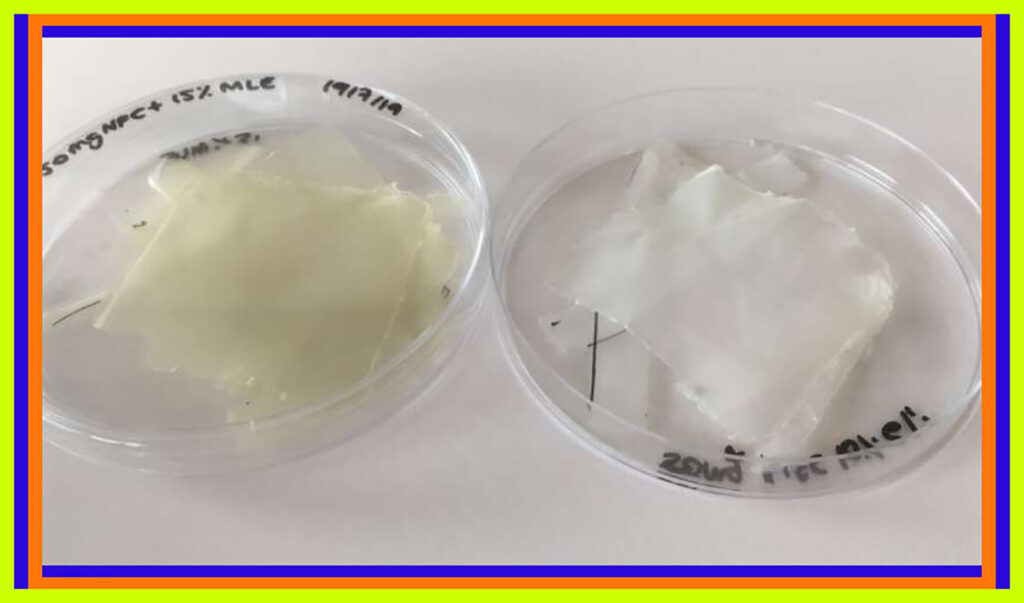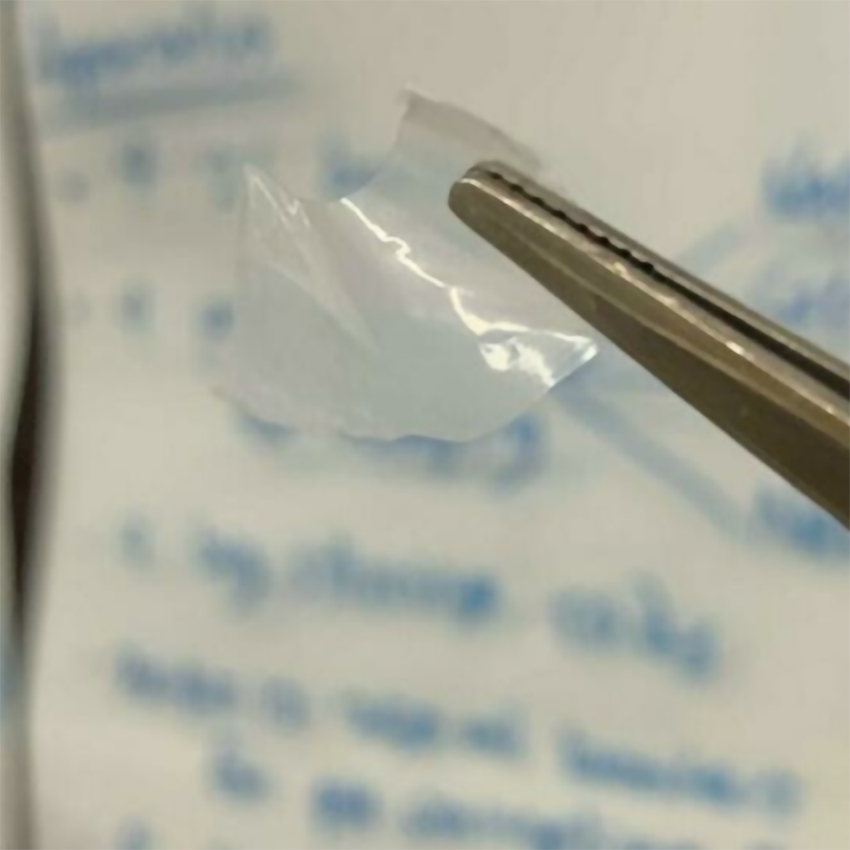Bioactive Plastic from Mango Leaves Preserves Food Better

Currently, fresh produce available on supermarket shelves is wrapped in plastic films to keep them fresh. However, condensation and other unfavorable conditions can cause spoilage, which lowers the value of the item.
A team of researchers from Spain and Portugal is developing a new plastic film that can prevent spoilage. And surprisingly, the item is made from raw materials that are abundant in nature.
New bioactive material
Researchers at Spain’s University of Cadiz and Portugal’s University of Aveiro succeeded in developing a bioactive material that can prevent spoilage, using mango leaf extracts to prevent the harmful effects of ultraviolet light and food pathogens.
The researchers and co-authors of the study, Casimiro Mantell Serrano, Cristina Cejudo Bastante, and Lourdes Casas Cardoso, collected mango leaves from pruned mango trees at a farm. Then, they combined the mango leaf extract with nanocellulose gathered from paper processing. With the combination, they were able to create a new film using a supercritical solvent impregnation technique.
New fabrication technique
Compared to conventional fabrication, the technique has several advantages because it allowed the mango extract to penetrate the nanocellulose effectively. At the same time, it boosts the migration of active compounds, giving the film a higher concentration of antioxidant and antimicrobial compounds, improving the film’s capacity to protect food.

Experiments and results
The team used two different techniques to create the packaging material. In the conventional method, they dissolve the components in a solvent, which they removed later. In the other process, they used supercritical carbon dioxide to give function to the polymer. The latter method gave the plastic film bioactive and physico-chemical properties.
The second method was more effective, rendering the bioactive film with antioxidant and microbial properties that increased its protective barrier. The second method likewise allowed the active properties from the mango leaves to stay intact after the process, thereby increasing the ability of the bioplastics film to prevent food spoilage.
The research team put their film through various tests. In one of the tests, they tested it through in vitro tests against Escherichia coli and Staphylococcus aureus, known food pathogens. The film’s active compounds responded by taking on an antimicrobial role and stopped the organisms’ spread. The mango extracts likewise increased the film’s ability to block UV light, one of the reasons why food spoilage accelerates. In addition, the researchers found that the novel film preserves food longer without adding preservatives. This is because the active substance in the film replaces chemical additives; thus, the food does not need anything else.
The team’s next step is to conduct more experiments to determine how the film preserves different types of foods.
Mango seems to be a good source of ingredients for creating various products for different industries. For example, some research teams also developed plastic using mango peels mixed with seaweeds. Another team developed a tissue scaffold to help people suffering skin burns. In India, scientists developed a compound made from mango leaves to prevent ship corrosion.